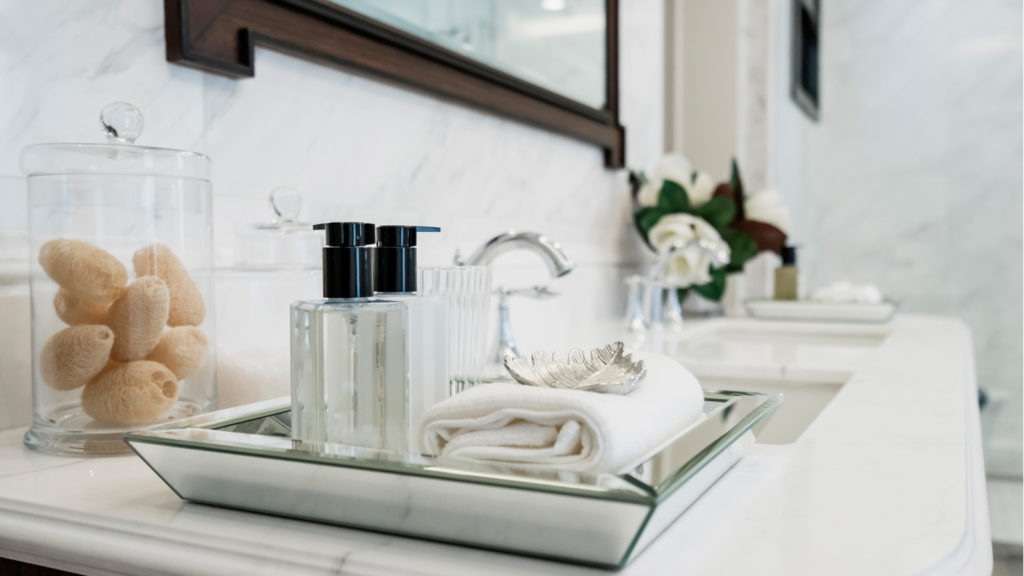“My room has everything I want and so much I don’t want – it’s no wonder that the room costs so much per night”
Quality properties have anticipated every guest’s needs by having the perfect guest room of everything you might want already in it, right? Not necessarily.
Knowing what is a required amenity and what is a “nice-to-have” is hard, especially when you are trying to be competitive with the five-star, five-pineapple, five-orca, five-whatever quality hotel in your comp-set.
Everything that you add into the room has a cost; a very hard cost if you ask your controller. When you consider the convenience of having that item in the room, do you consider the realistic ROI that those items provide? ROQ, or return on quality, is measured subjectively. It is true that if you anticipate the needs of your guest, the ROQ is significant and their guest satisfaction is assured. However, did you consider that there is also a significant perception of quality that might not be what you anticipated?
I have stayed at a hotel property that was considered “luxury” in their quality level. The lobby was well-appointed, the attention to me upon arrival and check-in was exceptional, and when I entered my room, I felt like I was a VIP. The bed had six pillows and a decorative throw. There were leather pads with monogrammed notes and keepsake logoed pens at the desk, beside the bed and on the dresser. I had three televisions, complimentary bottled water and chocolate at turndown. The bathroom had six sets of thirsty towels, a separate bathtub from the walk-in shower and a secluded water closet for, well obvious reasons. The amenities on the counter left nothing for me to want from. There was soap for my hands, soap for my face and soap for the bath. There were two sets of spa-quality shampoo, conditioner and body wash. They provided me with a loofah, make-up remover, cotton ear swabs and balls, potpourri, a toothbrush, floss and a sewing kit, which I took home – because you never know when you are going to need one. I was in luxury.
Then it dawned on me … how does all of this affect what I am paying, and do I really need all of this to feel taken care of? What did this cost ME?
The controller calls this CPOR, or cost per occupied room, and yes, you pay for it. The above list at wholesale costs the hotel over $20 in raw costs, plus the labor and inventory to manage the expectation. With normal ROI expectations of your owner and controller, there needs to be a lift in rate by over $60 per night to cover the cost on a conservative measure. A 300-room hotel will spend $20 per room per night x 365 days per year at a conservative 70 percent occupancy – equating to $1.5 million annually in expense. With competition being as stiff as it is, hotels find it hard to charge the premium rate needed to justify those amenities – but debate on shedding them because it differentiates themselves from their competitor, and they fear that they will lose guests expecting to be pampered.
The alternative to anticipating every guests’ whims 100 percent in the guest room is to be prepared, without stocking the rooms with items that either never get used, or just get taken home and placed in a bathroom bin as trophies.
One of the best examples was a hotel that figured out what the bare necessities were for in-room amenities, but having a way of providing anything and everything that a guest might want through guest service. The room was well-appointed. There were three sets of thirsty towels, one pad and pen, two small bottles of complimentary water, shampoo, conditioner and a bar of soap. But what they had that the other hotel didn’t…? A well-worded and purposefully placed card that asked, “Have you forgotten something on your trip? Please ask us, as we are prepared to supply you with anything you might need to ensure your stay with us is exceptional!”
I tested it!
They have saline for your contacts, combs, curling and flattening irons, fitness equipment, baby care needs of all sorts, umbrellas, humidifiers and dehumidifiers, white noise machines, shoe shine service, first aid and mending kits, feminine and masculine hygiene needs, intimacy kits and playing cards, as well as snacks for those low in blood sugar at all hours of the day or night. They offered me alternatives to my pillows in case I wanted one firmer, softer or hypoallergenic. They provided aromatherapy and other comforts that went way beyond what I was expecting. They also knew who their travelers were and where they were from, offering slippers and bedside mats, along with oolong tea for Asian guests, power converters for others and even offering to customize the room for personal comfort whenever possible. Most of these items were complimentary, but not all of them. But to me that didn’t matter. I was so impressed that they thought through the concept of being a guest themselves, anticipating what might be requested, but not wasting the time and money to provide it to everyone – only to those who needed it. It redefined the luxury expectation.
Being everything to everyone is not luxury. Providing exactly what I need when I need it, individually to me – is true luxury and really differentiates from all the rest.


